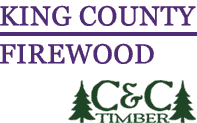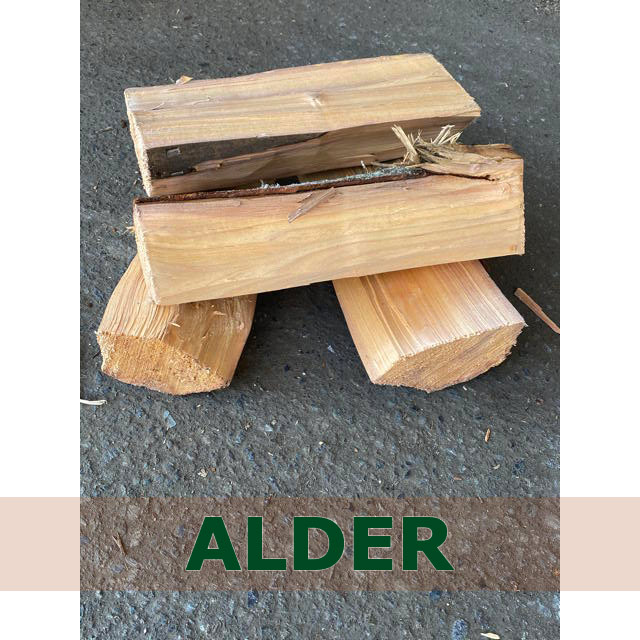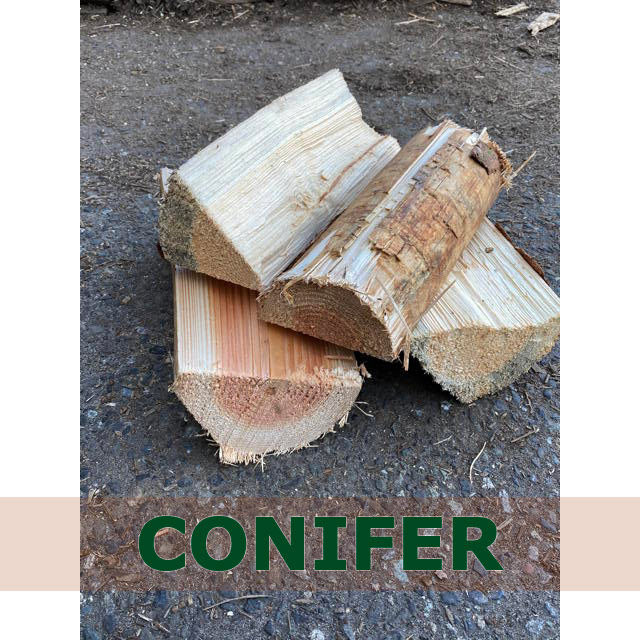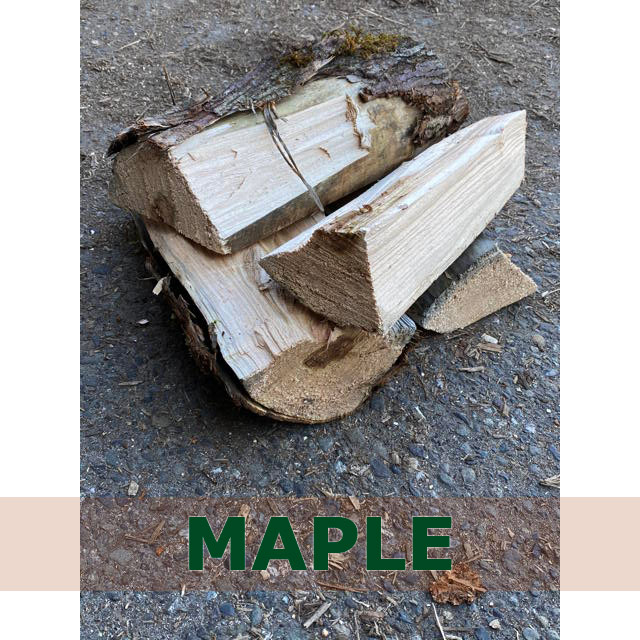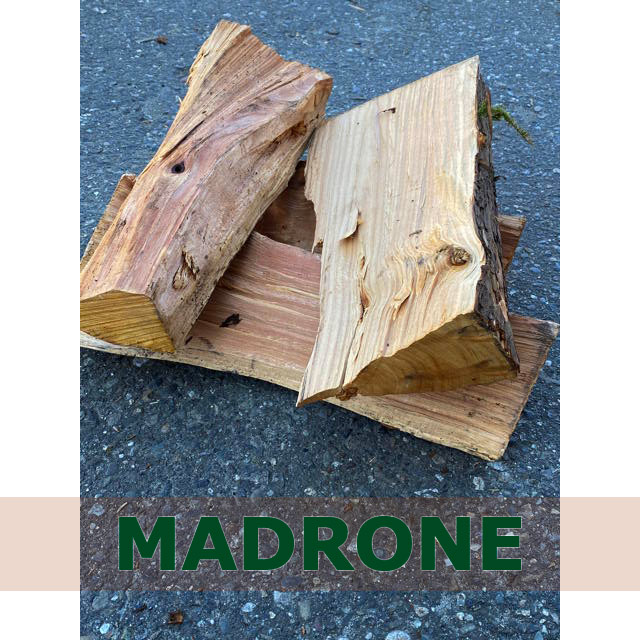Burning firewood is no more harmful to the environment than the wood simply rotting in the mountains.
Unlike burning fossil fuels such as oil and gas which releases greenhouse gases into the air, the process of burning firewood does not contribute to greenhouse gases as it is merely a fast reversal of the natural cycle which Mother Nature already does.
- Alder is good for wood stoves, cooking or smoking. It is our least dense wood.
- Conifer is our most popular firewood and burns for a good duration.
- Maple is moderately dense and leaves a long lasting bed of coals.
- Madrone is our densest firewood and is very long lasting.
| Heat Density | Easy to Ignite | Easy to Split | Overall Rating | |
|---|---|---|---|---|
| Alder | Medium-Low | Yes | Yes | Good |
| Conifer | Medium | Yes | Yes | Good |
| Maple | Medium | Medium | Medium | Better |
| Madrona | High | Hard | Hard | Best |
All firewood contains water. Fresh-cut firewood can contain as much as 50% moisture while dry/seasoned firewood has a moisture content of 20% or less.
Burning green wood or those that have higher moisture content means that the heat produced by combustion must dry the wood first before it can burn. This will use a large percentage of the energy available in the process and will result in less heat available for heating or cooking. It is also very hard on your stove, chimney and will cause smoking and odor problems, rapid creosote buildup and possibly even dangerous chimney fires.
Hardwoods are going to take longer to season than softwoods such as conifer and alder. Make sure to plan ahead in order to leave enough time to properly season your firewood. Green hardwood will need all spring, summer and early full to fully season. Softwoods need spring/summer and early fall to fully season. A rule of thumb for seasoning is:
- Alder/Conifer 4-6 months
- Maple/Cherry 6-8 months
- Oak/Madrona 9-12 months
